I recently purchased a large, old, teak, two-man desk in order to dismantle and reuse the wood for other projects. It didn’t take long to notice how ‘hard’ the wood was on my plane irons. This, together with a detail that struck me on one of the drawers – how rounded the sides were in comparison to the other drawers – led me to reflect on what is the place of the scrub plane (which I’ve come to depend more on in the last few years), but even more still on the concepts of scrubbing and planing in general. I believe there is unaddressed ambiguity in the use of these terms and an analysis of the issue through the perspective of the Craft can offer real, practical benefits to hand-tool woodworkers.
Lately, I have come to realise that many beginners struggle to learn how to use hand planes because they don’t know what they’re aiming for; they know that planes have a place somewhere in the Craft, but sadly the amount of unhelpful information available (to say the least) only adds to the confusion. Hand-tool woodworking is widely presented as a mysterious art form with no logical framework (therefore no need for critical thinking), leaving aspirants the impression that the only way to get into it is by blind obedience to one of the many acclaimed ‘experts’ for whom often, working wood doesn’t make up part of their day.

Popular search suggestions show how uninformed, but also how trusting aspirants are. Sadly, this virtue makes you an easy target for salesmen who have no particular interest in the craft.
I was pleased to see that Christopher Schwarz rightly pointed out on a recent post that, ” […] a handplane’s performance is 99.9 percent in the hands of the user.” With that in mind, it would be useful to analyse how and why users (real woodworkers) actually use their planes in their everyday work. This should help us to get a better idea of where the problem lies and hopefully derive practical solutions, both for us woodworkers and for others aspiring to get into the craft.
Planing: an ambiguous term
Unlike ‘sawing’, which almost always refers to creating an approximately straight channel in a section of wood for whatever purpose, the term ‘planing’, isolated and with no extra explanation or context is really quite meaningless. It could equally refer to taking strokes with a plane (regardless of the outcome), successfully taking single shavings, or to competently using a hand plane to achieve one of the various woodworking tasks. Given the multiple meanings that this one, single term can adopt, we should avoid using it unless accompanied by further detail to help transmit what precisely we are referring to.
One task – different goals
The task hand planes are used most for, as a general rule, is preparing wood. This is regardless of whether we’re using rough sawn stock, with varied levels of ruggedness and distortion, or planed stock, which generally only requires removing surface planer marks. Like any other woodworking task that consists of shaping by reduction, wood prep is all about removing the unwanted so that the wanted may remain, and for that, we hand-toolists use bench planes quite a lot. In the context of wood prep, it is easy to see that the two reasons for using planes are that 1) the shape is not right (a surface needs to be made into a plane, or squared to an adjacent face, for example), and 2) there’s too much of it (one or more dimensions need to be reduced). Either way, it’s always about removing the excess to create the desired component.
Taking conscience of the two different goals we pursue in a single task (most often done simultaneously) should leads us to consider efficiency. And that’s where the scrub plane, and concept, come into play.
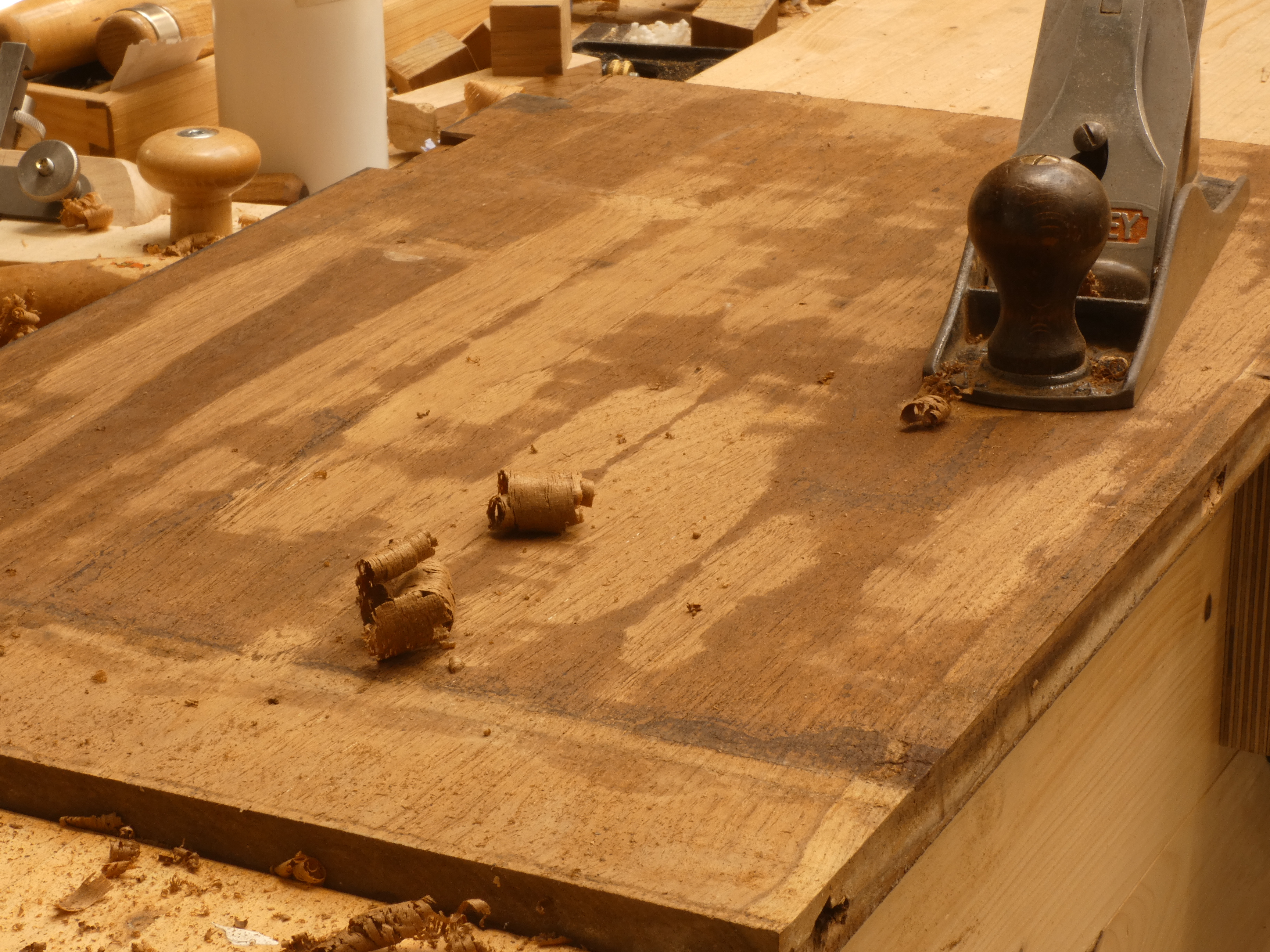
Efficiency with hand planes
Before considering the scrub however, the first step in learning to plane more efficiently is to simply work with the depth of cut on the basic smoothing plane. As trivial as this may sound to more experienced woodworkers, it is a fundamental step that must not be overlooked for the following reason: A deeper set means a thicker shaving and therefore higher efficiency in removing wood, BUT results in a more uneven surface and it is a lot easier to create distortion where perhaps there was none to start with (complicating things further, needless to say). Therefore, this seemingly ‘obvious’ step towards a higher level of efficiency isn’t actually as automatic, since it must be accompanied by the development of skill.
— This is where the craft really begins; not in the setting up of the tool or getting it sharp and ready to work for the first time, as important as that may be. Developing skill requires a conscious engagement with the wood at every stroke of the plane as you start to pay attention to, interpret and respond to the new sensory information that you previously ignored. There is no substitute for skill, contrary to what many would like to believe. No amount of engineering on ‘premium’ hand planes will eliminate the need to acknowledge your clumsiness and impatience, and in humility begin to retrain your body and cultivate sensitivity.—
The other part of preparing stock by hand is truing the surfaces, for which you revert back to a shallow setting on your plane, essentially turning it into a ‘smoother’ again. When using the plane in this setting, your level of skill is less important since you are relying mostly on the sole of the plane to only take out the highs. Eventually you are taking whole width shavings from the whole surface, which is a good indicator, but no guarantee that you are approximately on target. (Never put your trust in the flatness of your plane.)
Any skilled woodworker will do part 1 (taking down stock) fairly efficiently, in the way discussed above, but also efficiently in terms of looking ahead at the following step, so that in taking down stock, you stay ‘close to flat’ and so avoid creating too much distortion. (You will already be creating distortion at a ‘local’ level with the deep ridges left by the heavy set plane). Not loosing sight of the ultimate goal should keep you focused so that you will only have to take off a small amount with a shallow set again in order to level the surface.
The Scrub
This term has been handed down from generations past and it creates a great deal of confusion, as exemplilfied by Paul’s need to clarify in the video further down. It also creates a business opportunity for ‘high-end’ plane manufacturers, who make the most of this widespread ignorance (and in the widespread enthusiasm for collecting tools and trying to cling on to the past by means other than getting into the craft).
As Paul rightly puts it in the video below, the purpose of the scrub is to take down stock very quickly, and you can go to different levels with this. He uses an old rebate plane with a tight radius on the cutting iron for hogging off a lot of wood, from which he switches to a regular No. 4 plane with a shallower radius, which bridges the gap between the deep ridges from the heavy scrub and the smoother. Definitely, the converted No. 4 is the place to start for anyone who has gained some competence at taking down stock with a regular smoother set to a thick cut.
Finding the Balance
Getting the right balance, and knowing when you’ve taken enough off that you can start to focus on leveling the surface is harder than you might think. Sure it takes practice, but it also takes dedication, sober-mindedness and perseverance. The risk when taking down material fast is that you can easily get carried away, especially when using an efficient scrub, and just like I’ve done many times in the past, you can often end up with thinner stock than intended (sometimes unusable). This happens whenever you focus more on the tool than on you work, or when instead you consider how tired you are, and you give in to your unwillingness to stop and check your progress. The result is that you loose sight of what the end goal was with using the scrub in the first place.
It is here that Paul’s phrase starts to make sense, “It’s not what you make that matters but how you make it.” The craft should never be taken lightly since one of its defining characteristics is its potential for transformation of a person’s character. Therefore, what I would recommend anyone aspiring to actually get into the craft is to seriously count the cost and see if they’ve got what it takes. For those who don’t, by all means learn to set up and sharpen a smoothing plane (there are enough woodworkers out there who only teach that) and use it to whisk off the surface of machined stock. But for those who do have what it takes and wish to embrace the craft, I hope my analysis of the different elements to what we call planing, along with Paul’s video above will be useful and help you to develop the sensitivity and accuracy that the craft demands in a shorter space of time.
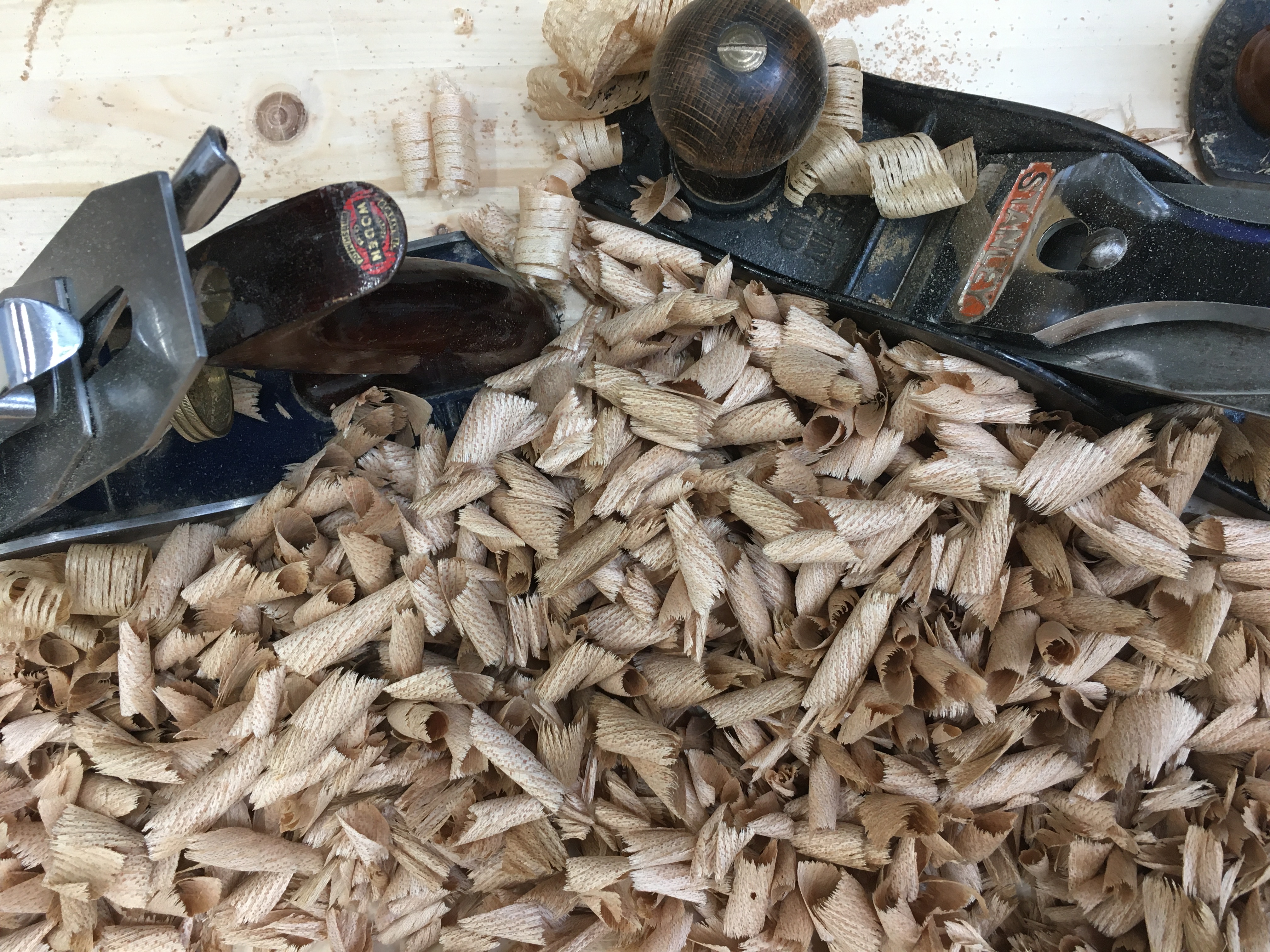
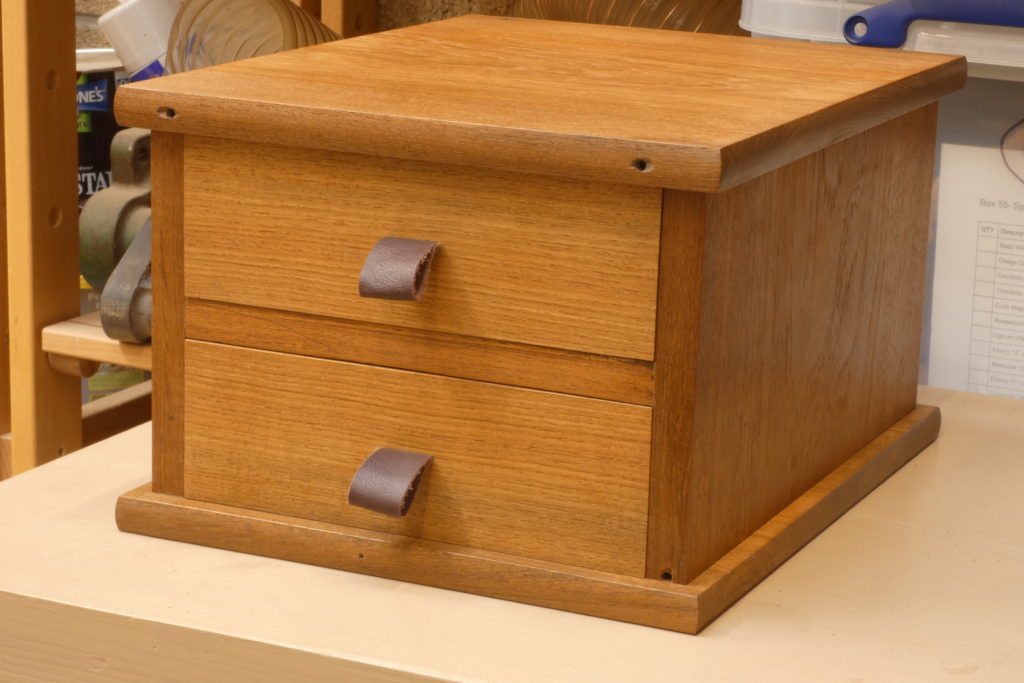
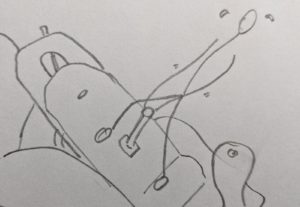
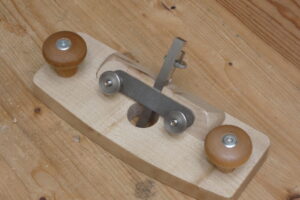
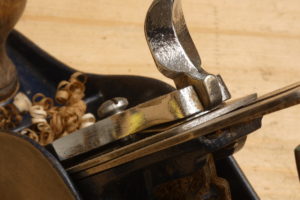
– As a learning wood worker, I have come to the conclusion that taking 5 shavings with a fine setting is less risky than taking 2 with a heavier setting. So i agree with you.
One should also use this approach when doing one’s first big flattening: the workbench- top.
– Achieving a flat surface needs planing in three different directions. Otherwise, one could end up with a ruled surface:
google: wikipedia.org/wiki/Ruled_surface#/media/File:Hyp-paraboloid-ip.svg
One can see that this surface is obtained with two series of straight lines; although it is far from flat.
It’s funny how woodworkers in the past were all able to flatten their boards without knowing the mathematical demonstration of why you must plane from different directions. It makes you marvel even more about the power of the craft, does it not?
By the way, I think it’s safe to say that we’re all learning woodworkers, even Paul (as he often says). So long as we’re looking to something greater than ourselves, we will always be learners and that’s the wonder of the craft.